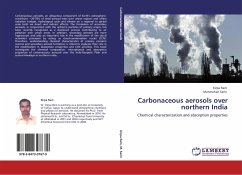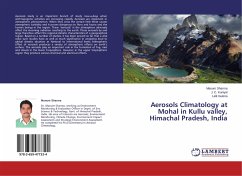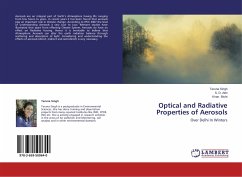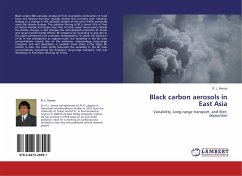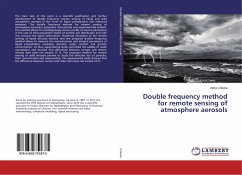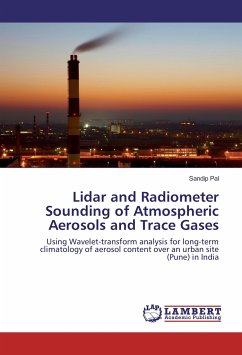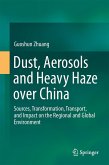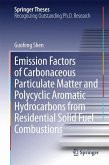Carbonaceous aerosols, an ubiquitous component of Earth s atmosphere, contribute ~20-70% of total aerosol mass over urban regions and affect radiation budget, hydrological cycle and climate on a regional to global scale both via direct and indirect effects. The formation of secondary aerosols, in conjunction with the airborne particles of primary origin, has been recently recognized as a dominant process contributing to air pollution over urban areas. In addition, secondary aerosols are more hygroscopic and play an important role in the modification of the cloud activation processes by acting as cloud-condensation nuclei (CCN). Therefore, understanding chemical characteristics of primary emission sources and secondary aerosol formation is critical to evaluate their role in the modification in absorption properties and CCN activities. This book investigates the chemical composition, microphysical and absorption properties of carbonaceous aerosols over the Indo-Gangetic Plain and central Himalaya in northern India.
Bitte wählen Sie Ihr Anliegen aus.
Rechnungen
Retourenschein anfordern
Bestellstatus
Storno

